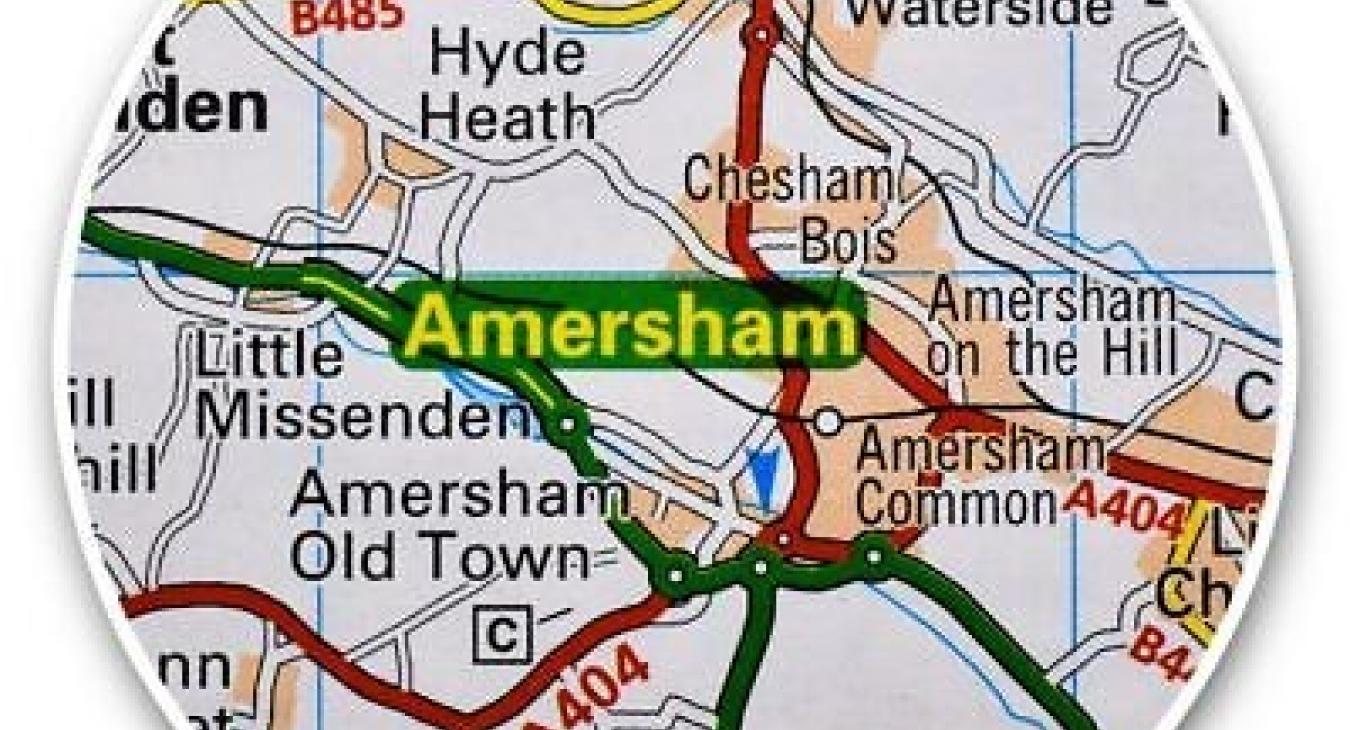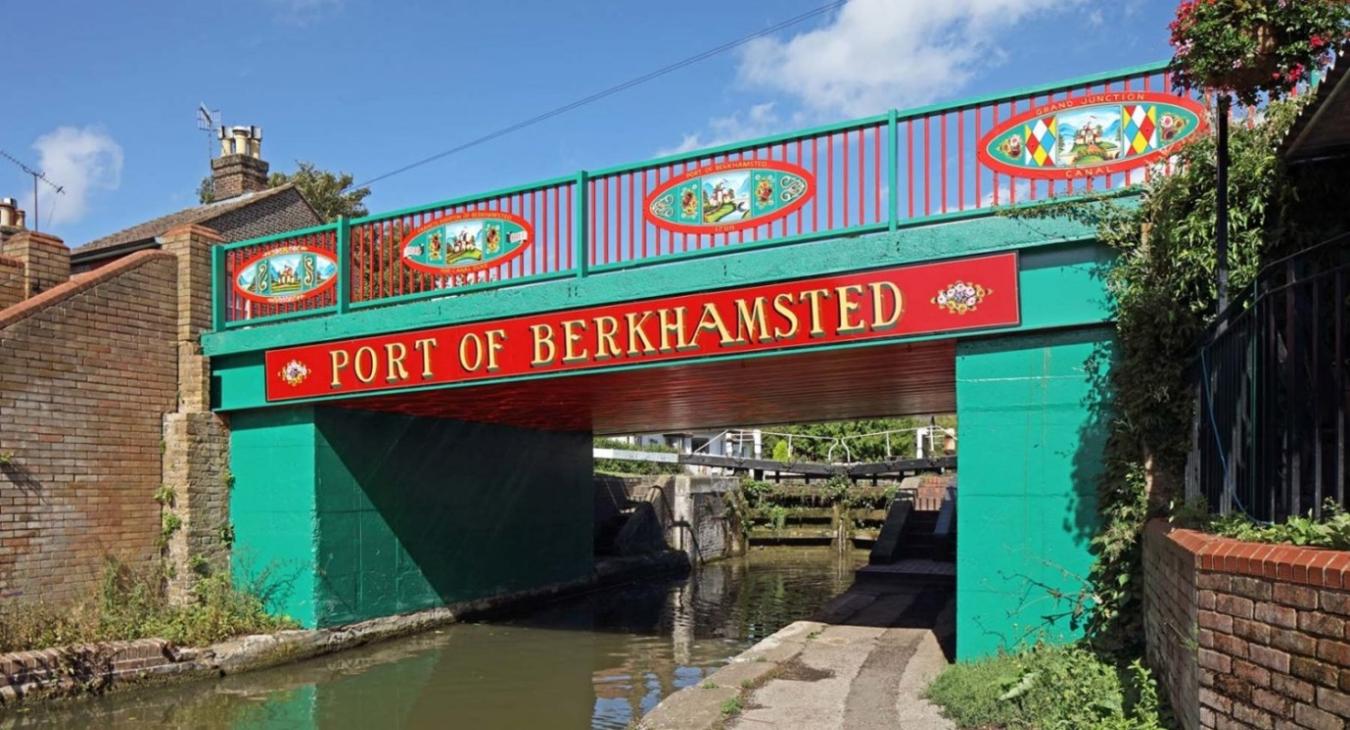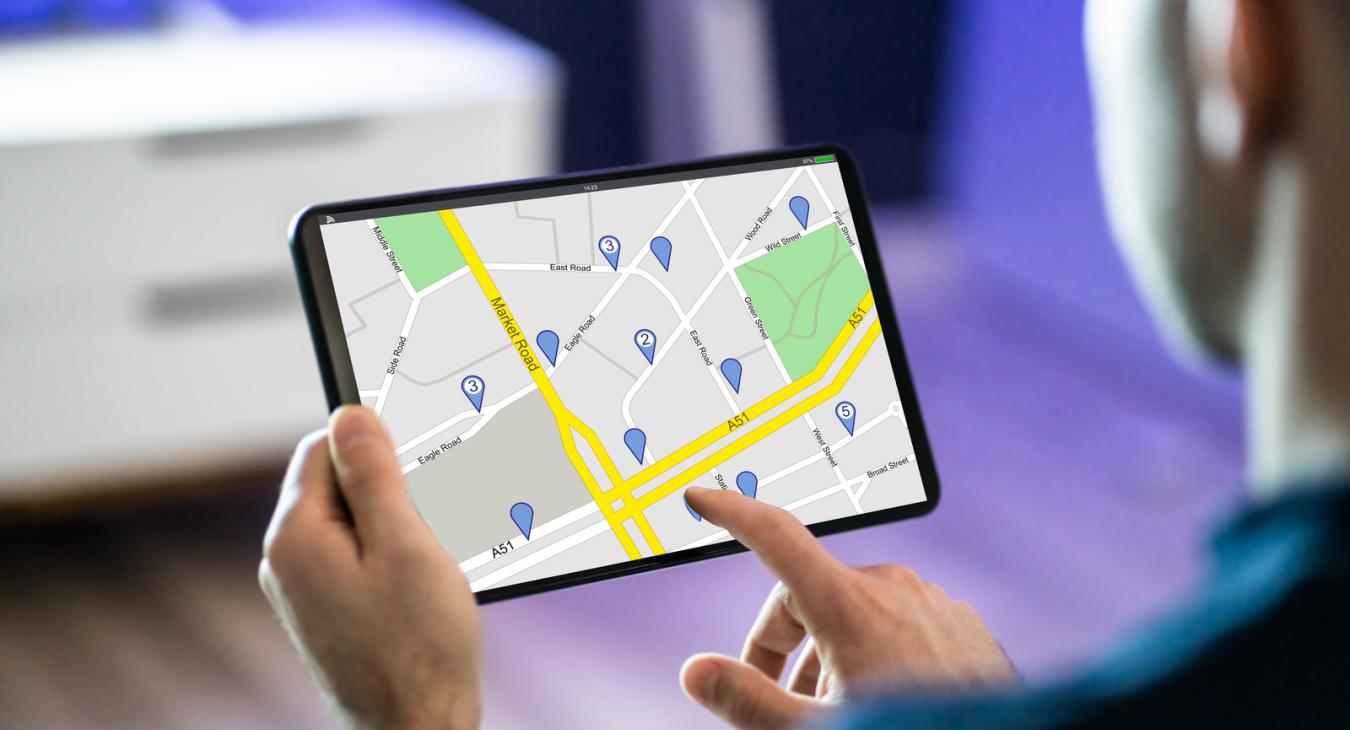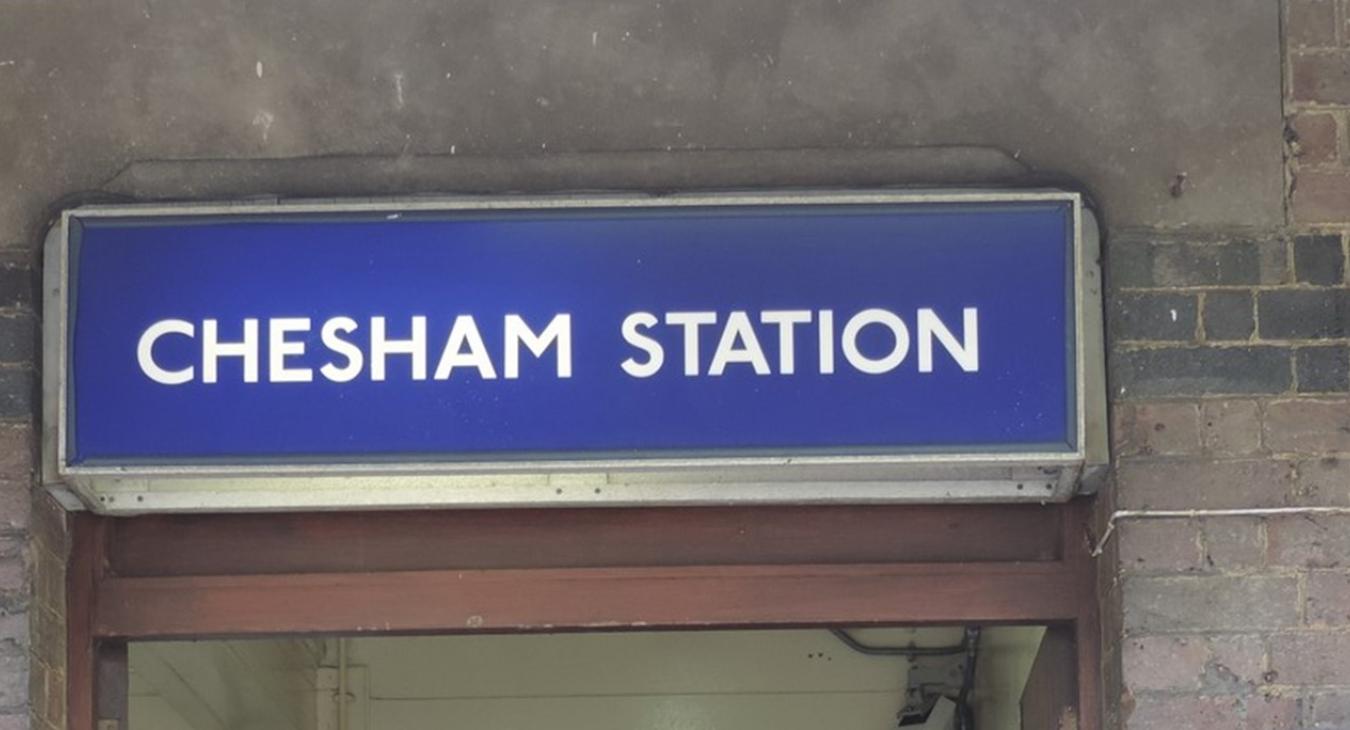
Have you heard the term ‘electrical distribution board’ before? Are you unsure exactly what one is & how it differs from a consumer unit? Read on...
In this blog post we’ll get into everything you need to know surrounding electrical distribution boards and why they are necessary.
What is an electrical distribution board?
An electrical distribution board sometimes known as a panel board or a breaker panel, is an essential component in the electrical system of a property – typically found in industrial settings. For domestic properties the equivalent known as a consumer unit is used. The electrical distribution board is responsible for splitting incoming electrical power to supply multiple different circuits. The board features neutral linkages, earthing devices and interconnected cables to ensure electricity is supplied to each subsidiary circuit effectively and safely.
Electrical distribution board Vs. Consumer unit
There are a few differences which separate the electrical distribution board from a consumer unit. Distribution boards are designed to handle substantial amounts of electrical equipment, making them ideal for larger apartment complexes, factories, workshops, retail spaces etc. Consumer units are designed to be used in domestic properties where electricity supply is of a lower rate.
Parts of an electrical distribution board
- Breaker panel - The brains! The purpose of the breaker panel (aka fusebox) is to provide power supply to each circuit effectively and safely.
- Circuit breakers - Individual circuit breakers distribute electricity to switches, sockets, and other electrical equipment.
- Isolators - Isolators are designed with safety in mind. It’s a switch which isolates a circuit when needed such as during a fault. This allows you to identify which circuit is faulty.
- RCDs - All distribution boards are fitted with RCD protection – sometimes dual and alongside RCBOs.
Electrical phase
Electrical panels are the unsung heroes of a power supply, responsible for dividing the incoming mains supply into smaller circuits. These panels come in two types: single-phase and 3-phase distribution boards. Each has its own unique advantages and disadvantages, depending on the situation. Let's start with single-phase power. This type of power is delivered through two wires that connect to the electrical panel. Single-phase power is perfect for balancing the electrical load when multiple smaller appliances are being used simultaneously. Single-phase power makes it easier to distribute the load evenly across the system. On the other hand, we have 3-phase distribution boards, which are commonly found in commercial and industrial settings. These boards have either 3 or 4 incoming wires, and they are the go-to-choice for power-hungry machinery that operates continuously. Picture elevators, HVAC systems, and factory ovens - these heavy-duty machines require a robust power supply. That's where 3-phase power work at their best. It is highly efficient and consistent when it comes to handling higher sustained load demands compared to single-phase power.
So, whether you're dealing with a domestic power circuit or a bustling industrial facility, understanding the differences between single-phase and 3-phase power is crucial. It allows you to make informed decisions about which type of distribution board suits your specific needs.
Electrical distribution board installation, testing & maintenance in Aylesbury
Paradigm Electrical Solutions are your trusted commercial electricians based in the Aylesbury area. Our NICEIC approved contractors have experience working within commercial and industrial settings. If you require a new electrical distribution board, periodic testing or scheduled maintenance give our friendly team a call today.
- Log in to post comments








